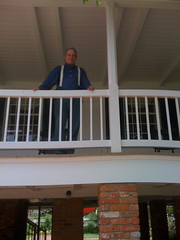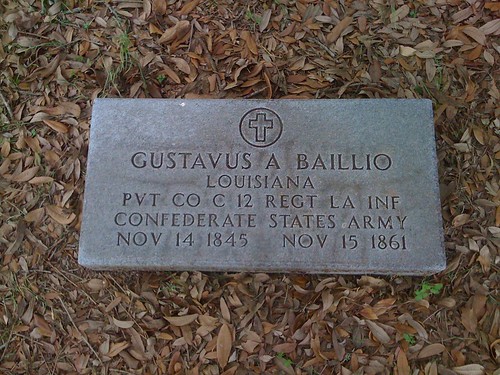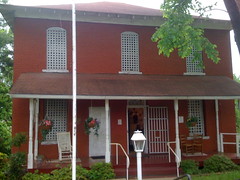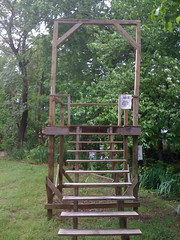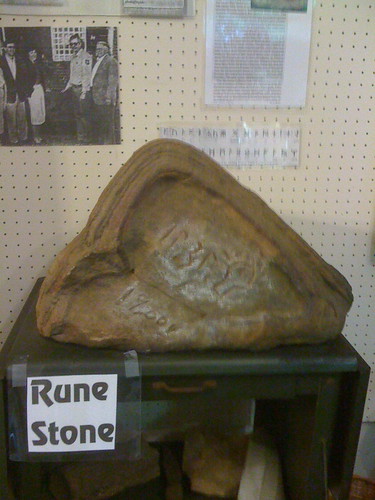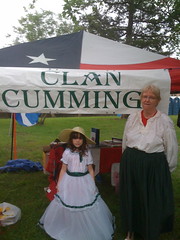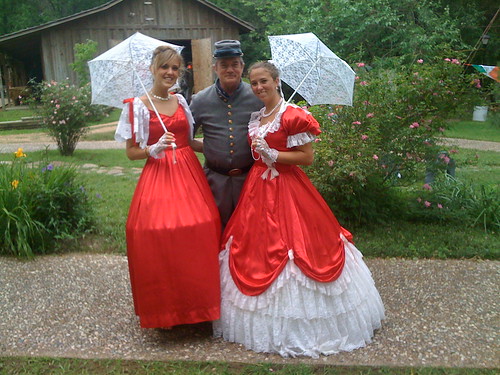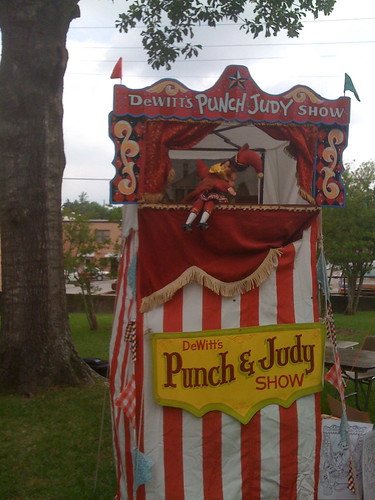Today, I purchased a framed print at a little yard sale in Monroe’s Garden District. I’ve attached a photo of the print. According to this site:
“Organized as the Southern Rights Battery in Perry, Houston Co., Georgia in March of 1862, this battery would later become known as “Palmer’s Battery” and then as “Havis’s Battery”. Most of the officers and sergeants were recently discharged veterans of company C, 1st Ga. Infantry (Ramsey’s) who had seen service in Virginia. The battery was mustered in to Confederate service, 14th Battalion, Georgia Light Artillery, by Captain Joseph T. Montgomery at Perry, Georgia on April 26, 1862.
The unit went to camps of instruction at Griffin and at Calhoun. As the best drilled battery in the battalion, Southern Rights Battery was selected to join Bragg’s army in the invasion of Kentucky (Battle for the Bluegrass), receiving their baptism of fire at Perryville, October 8, 1862, attached to Brown’s Brigade, Anderson’s Division of Hardee’s Corps.
Mounted as horse artillery and now known as Palmer’s Georgia Battery, they accompanied John Hunt Morgan and his famous Morgan’s Raiders on his Christmas Raid, distinguishing themselves at Elizabethtown, December 27, 1862.
Relinquishing their cannoneer’s mounts and losing the gallant Palmer through promotion and reassignment to Cheatham’s Corps, Havis’s Battery reunited with their old mates from the 14th, Anderson’s Battery, and, along with Lumsden’s Alabama Battery became the Artillery Reserve of the Army of Tennessee, under Major (later Brigadier-General) Felix H. Robertson. As one wag put it, ” we are called Reserve Artillery because we are never in reserve.”
The Reserve Artillery saw action in the Tullahoma Campaign, Chickamauaga, the Siege of Chattanooga, Missionary Ridge, and all the battles of the Atlanta campaign. In the spring of 1864 Major Palmer returned to take command of the Reserve Artillery, and after the fall of Atlanta most of Hood’s artillery was sent to Macon where were located the Confederate Macon Armory and an Arsenal. The rest of the Army of Tennessee marched off to their ill-fated meeting with Thomas at Franklin and Nashville.
In the spring of 1865 Havis’s Battery marched to North Carolina to rejoin the shattered remnants of the army, surrendering with Joe Johnston at Greensboro, N.C. April 26, 1865, three years to the day after mustering in on the steps of the Houston County courthouse.”
If you like Southern art, and art on the War Between the States, you can find more information on Stand Strickland, the artist here:
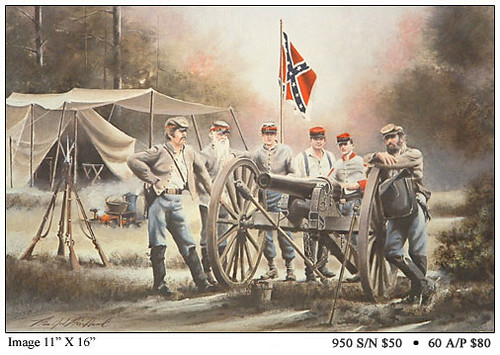
Havis's Battery by Stan Strickland


